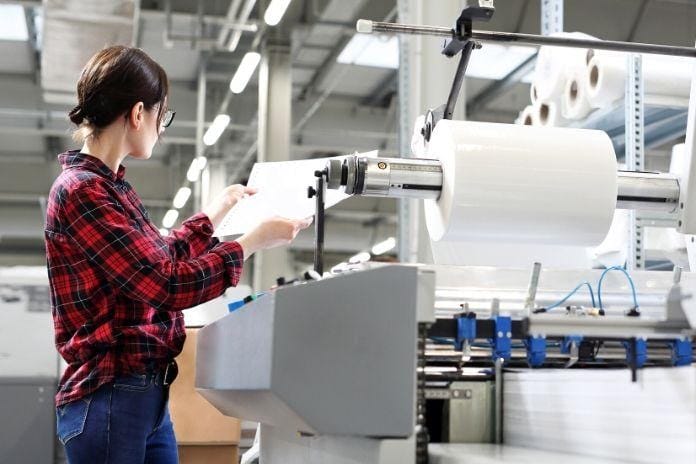Efficiency and productivity are essential in the manufacturing process. Factories and industrial plants must implement the best strategies to keep costs low and production rates high. Therefore, any struggling manufacturer must know how to improve manufacturing efficiency. From employee education to machine upgrades, these will significantly improve output rate and product quality.
Organize the Facility
Naturally, one of the simplest ways to improve manufacturing efficiency is to reorganize the facility. In manufacturing, materials, tools, and waste products pile up and can raise safety issues. It also slows down productivity. The easiest way around this is to reorganize the workspace. Make sure all employees know where to find these items to increase speed and productivity. You may even have to rearrange the manufacturing floor to make for smoother workflow.
Manage Equipment Failures
You must commit to scheduled maintenance to ensure that machines operate efficiently during all hours. A broken or worn machine will greatly slow down production lines to wait for repairs. Therefore, you must regularly engage in equipment maintenance. Be sure to train operators in troubleshooting procedures and to schedule preventative maintenance periodically. This way operators can fix simple issues, and you reduce greater issues like breakdowns.
Reduce Operational Waste
You should also take this time to reduce operational waste. Manufacturing materials can be costly especially if there is a lot of waste emitted. There are many ways to improve this, but one of the main ways is to install guiding systems to ensure quality assurance during production. This will reduce overall material waste and boost production rates.
Communicate With Employees
Communication must also remain clear and concise to keep employees active and engaged. Make sure to educate employees with a proper training protocol so that everyone understands their roles and how to operate industrial machinery. Training sessions should occur when new machinery, safety policies, and education opportunities present themselves. Not to mention, now is a good time to filter through workers who are slow and unproductive. You should ask yourself if the right people have the appropriate skills to operate certain machines. If not, replace these workers with those who are more applicable. If so, make sure objectives are clear and understandable. You must prioritize communication to keep everyone on track with monthly production goals.








































